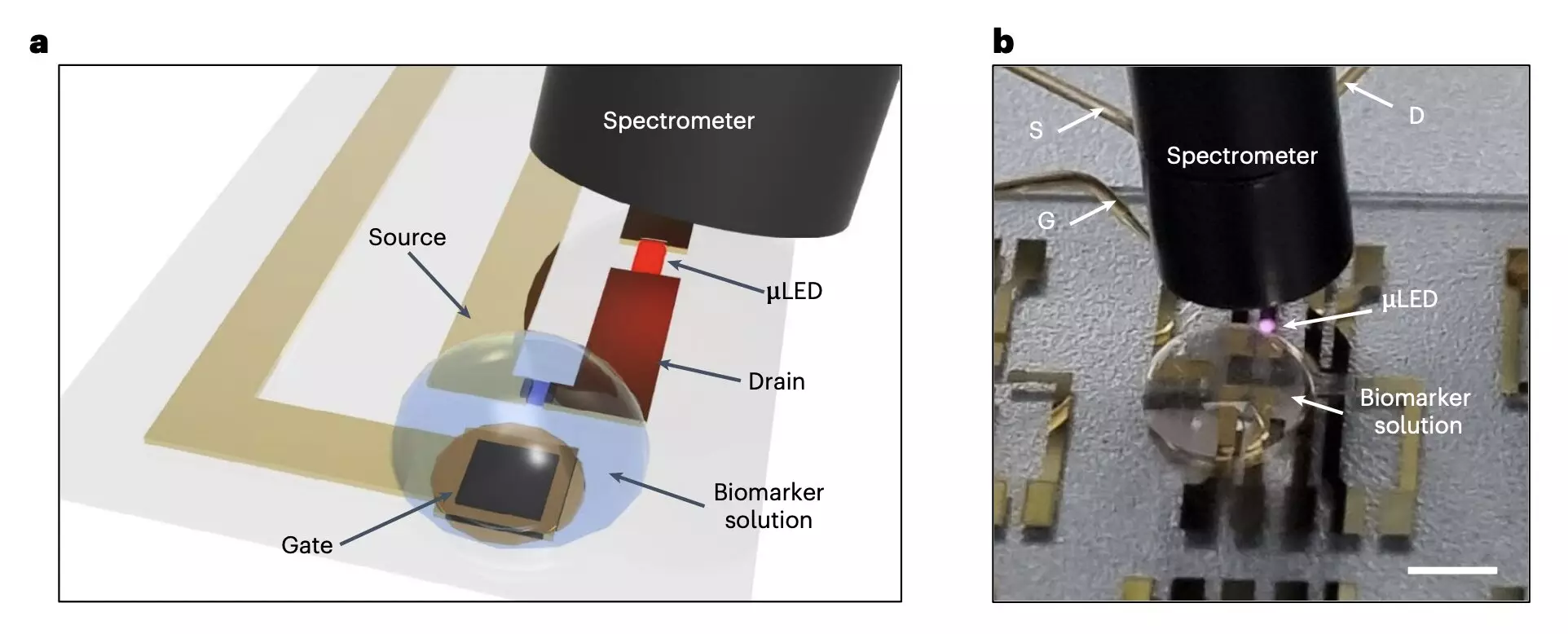Wearable technology is rapidly progressing, offering new ways to monitor health and fitness metrics in real-time. One of the most significant strides in this field has been the emergence of wearable and implantable devices capable of tracking biological signals. These innovations represent a convergence of electronics engineering and biological sciences, facilitated by the development of organic electrochemical transistors (OECTs). This article delves into the advancements made in creating these devices and explores their potential applications in sports and healthcare.
OECTs are electronic components that utilize flexible organic materials to amplify biological signals. Their unique architecture allows for the detection of physiological metrics such as heart rate, sleep quality, glucose levels, and pH, making them particularly useful for both athletic performance tracking and medical diagnostics. The adaptability of these transistors provides an advantage over traditional rigid devices, as they can conform to the body, providing more accurate and consistent readings.
For example, OECTs can discern intricate details about an individual’s metabolic state by monitoring neurotransmitters and other metabolites. This capability opens new avenues in personalized medicine, where continuous health monitoring can lead to timely interventions and improved patient outcomes.
Despite the tremendous potential of OECTs, one hurdle remains: data transmission. The biological signals captured by these devices need to be relayed to external systems for analysis, typically utilizing wireless communication technologies. Unfortunately, most existing wireless circuits are based on inflexible, inorganic materials that compromise the overall functionality and comfort of wearable devices. This mismatch can hinder users’ willingness to wear these devices for extended periods, ultimately limiting their effectiveness in health monitoring.
A critical evolution in recognizing this limitation has been made by researchers focused on hybrid materials that blend organic and inorganic components. By developing devices that maintain the mechanical flexibility of OECTs while enabling robust data communication, the research community is working to overcome these challenges.
A noteworthy advancement has emerged from the Korea Institute of Science and Technology (KIST), where a team has created a novel wireless device capable of monitoring multiple biomarkers simultaneously, including glucose, lactate, and pH levels. Their device, published in the journal *Nature Electronics*, combines organic electrochemical transistors with inorganic micro-light-emitting diodes (μLEDs) on a parylene substrate. This configuration presents a powerful blend of flexibility and functionality, achieving an astonishingly thin profile of just 4μm.
The innovation lies in the integration of biochemical sensors and light-emitting diodes. By fabricating the OECT sensors with precisely patterned gold electrodes and a polymer mixture, the researchers have developed a system that can analyze biomarker concentrations in real-time. As the concentration of a specific biomarker changes, so does the electrical current flowing through the OECT, which in turn modulates light emitted from the μLEDs—creating a sophisticated feedback mechanism for health monitoring.
Initial tests documented in the study illustrate promising performance metrics for the device. It demonstrated a high transconductance of 15 mS, indicating excellent sensitivity to changes in biomarker levels. Moreover, the system proved robust against mechanical strain, enabling it to be comfortably worn as a patch on the skin. The ability to perform near-infrared image analysis further enhances its application scope, potentially allowing for greater exploration of biomarker dynamics through visual data interpretation.
As the research continues, further refinements could make these systems even more versatile. Suggestions include utilizing soft batteries or energy-harvesting technologies like solar cells to create fully autonomous, chipless sensing systems. Such advancements would significantly enhance the device’s usability, leading to wider adoption in both everyday health monitoring and clinical settings.
The integration of organic and inorganic materials in wearable health technology not only delivers significant improvements in functionality and flexibility but also opens new avenues for real-time health monitoring. The trajectory of this research suggests that we are on the brink of a new era in personalized medicine that harnesses the power of advanced electronic materials for better health outcomes.


Leave a Reply